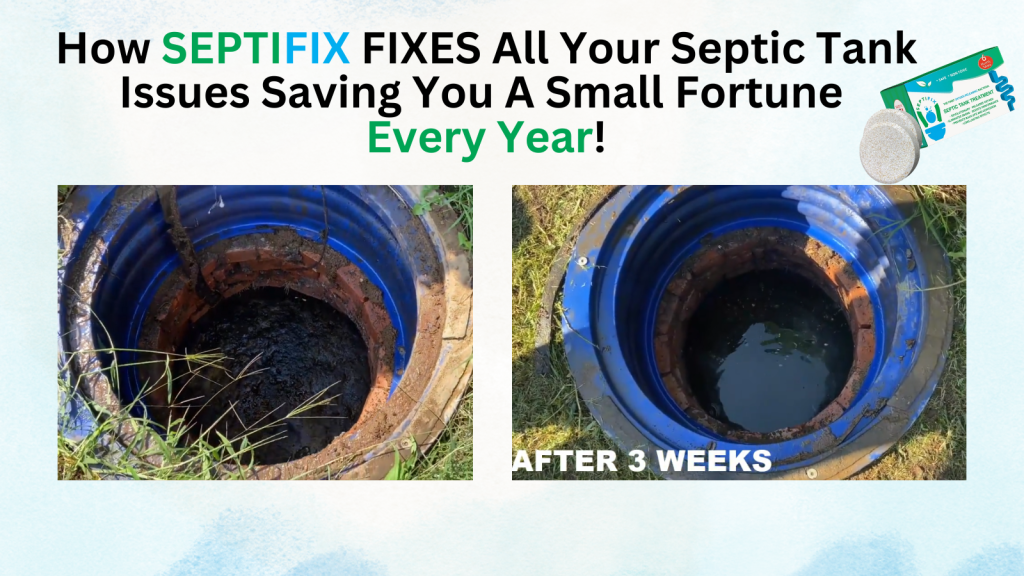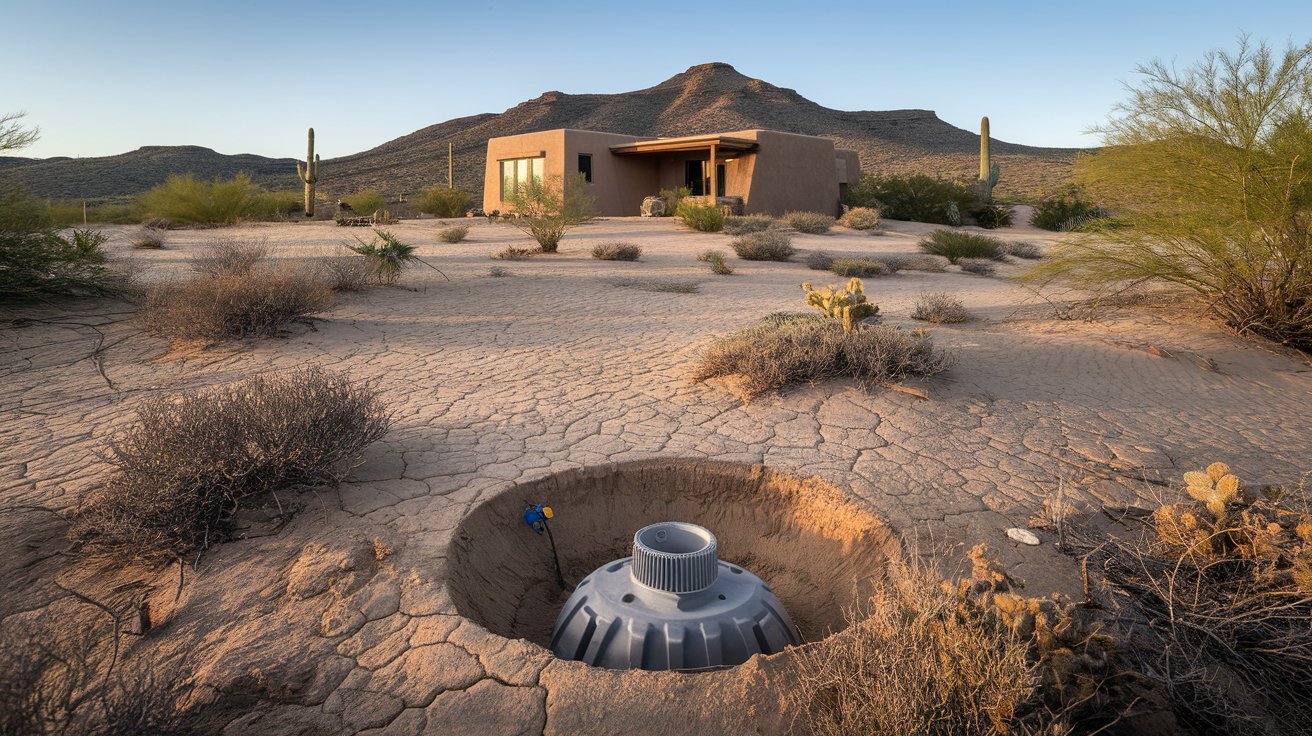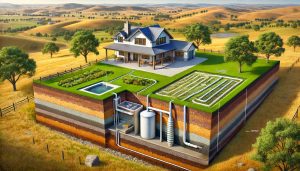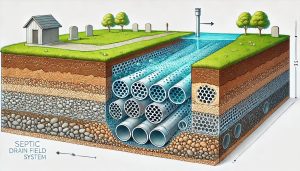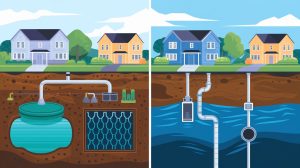Understanding Desert Septic Challenges
Arid Climates and Their Impact on Septic Systems
In desert regions, the extreme dryness is a primary factor that affects desert septic challenges. Water is a vital component for septic tanks to break down waste effectively. However, in arid climates, water is scarce, and the evaporation rate is high. This means that septic systems struggle to maintain the necessary moisture levels to break down organic matter. As a result, waste decomposition slows down, and solid waste accumulates, causing system backups and failures. These desert septic challenges require careful planning and maintenance to ensure systems continue to function properly.
Table of Contents
- Understanding Desert Septic Challenges
- Common Problems in Desert Septic Systems
- Solutions to Desert Septic Challenges
- Case Studies and Real-World Examples
- Key Takeaways for Desert Septic Maintenance
- Septic Permit Links by State
Sandy Soils and Drainage Issues
Desert soils are often sandy, which can create significant challenges for septic systems. Sandy soils have large particles that allow water to drain quickly. While this might seem beneficial, it actually causes waste to leach into the ground too rapidly, without giving it enough time to decompose. This can lead to contamination of the groundwater, posing a serious environmental risk.
Moreover, the rapid drainage can overwhelm the septic system, reducing its effectiveness in filtering and treating waste. The system might require more frequent maintenance or specialized design to accommodate the quick drainage characteristics of sandy soils.
Low Water Flow and Waste Breakdown
Water flow is essential for the proper functioning of a septic system. In desert areas, where water is already scarce, low water flow can hinder the breakdown of waste in septic tanks. Waste treatment relies on the presence of water to carry waste through the system and provide a medium for bacterial activity that decomposes the organic matter. In low-water environments, bacteria struggle to thrive, leading to inefficient waste treatment and potential system failures.
Common Problems in Desert Septic Systems
Rapid Drainage in Sandy Soils
Sandy soils, though good at draining water, can cause problems for septic systems. When wastewater is discharged too quickly, it doesn’t have enough time to undergo the necessary filtration and treatment processes. This can result in contaminants reaching the groundwater, which can have severe environmental consequences. In addition, untreated waste can create a breeding ground for bacteria and pathogens, potentially contaminating nearby water sources.
Insufficient Bacterial Activity
For a septic system to function properly, bacteria are needed to break down waste. However, the low water availability in desert climates makes it difficult for bacteria to thrive. Without sufficient moisture, the bacterial colonies that break down organic matter struggle to survive, leading to slower decomposition rates. This can result in the accumulation of waste and a higher likelihood of system malfunctions.
System Overheating
The extreme temperatures in desert regions can also cause problems for septic systems. High heat can cause pipes and tanks to overheat, leading to cracks, leaks, or even complete system failure. Furthermore, excessive heat can cause the water in the septic tank to evaporate more quickly, further exacerbating the issue of insufficient moisture for waste treatment.
Solutions to Desert Septic Challenges
Optimized System Design
To tackle the unique challenges posed by desert conditions, it’s important to design septic systems that are suited to sandy soils and arid climates. One solution is to install advanced filtration systems that help slow down the drainage process and ensure that wastewater is treated properly before being released into the ground. These systems can include features like sand filters or aerobic treatment units, which improve the filtration process and reduce the risk of contamination.
Another option is to install a larger drain field, which allows for more time for waste to filter through the soil before it reaches the groundwater. This can help address the issue of rapid drainage and prevent wastewater from leaching into the environment too quickly.
Water Conservation Practices
In desert regions, water conservation is crucial not only for preserving resources but also for maintaining the effectiveness of septic systems. Homeowners can adopt water-saving practices, such as installing low-flow toilets, faucets, and showerheads, to reduce the overall water usage. Reducing water consumption helps ensure that septic systems have enough moisture to operate efficiently and prevents the system from becoming overwhelmed.
Additionally, homeowners can install rainwater harvesting systems to collect and store rainwater for use in non-potable applications, such as irrigation or flushing toilets. This can help reduce the strain on the septic system and conserve water for other uses.
Regular Maintenance and Monitoring
Given the challenges faced by septic systems in desert climates, regular maintenance and monitoring are essential. Septic tanks should be inspected frequently to ensure they are functioning properly. Homeowners should also schedule regular pumping to remove accumulated waste and prevent backups. In desert areas, it may be necessary to pump the septic tank more frequently than in other regions due to the slower decomposition rates caused by low water availability.
Case Studies and Real-World Examples
In one desert community in Arizona, homeowners faced frequent septic system failures due to the combination of sandy soils and low water flow. After consulting with experts, the community implemented a series of changes, including the installation of larger drain fields and the use of advanced filtration systems. As a result, the systems became more efficient, and the risk of contamination was significantly reduced.
Similarly, in California’s Mojave Desert, a ranching community adopted water conservation practices to reduce water usage and prevent septic system malfunctions. By installing low-flow fixtures and regularly maintaining their septic systems, the community was able to extend the life of their septic systems and reduce environmental risks.
Key Takeaways for Desert Septic Maintenance
To ensure that septic systems function efficiently in desert environments, it is essential to consider the unique challenges posed by arid climates, sandy soils, and low water flow. By optimizing system design, practicing water conservation, and maintaining the system regularly, homeowners can overcome these challenges and protect both their septic systems and the environment.
Conclusion
Desert septic challenges require careful planning and maintenance to ensure that systems continue to function effectively. By addressing the issues related to sandy soils, low water flow, and extreme temperatures, homeowners can extend the life of their septic systems and minimize environmental impact. If you’re facing septic issues in a desert region, be sure to consult with experts to find the best solutions for your unique situation.
